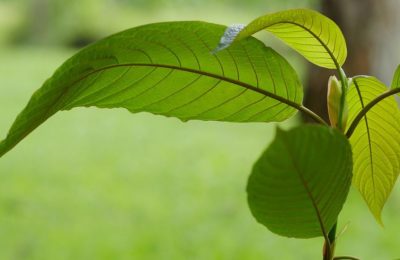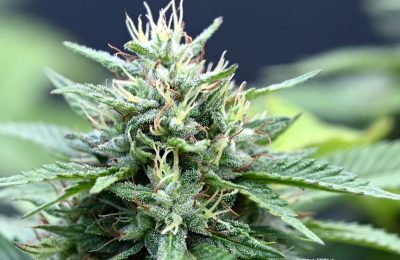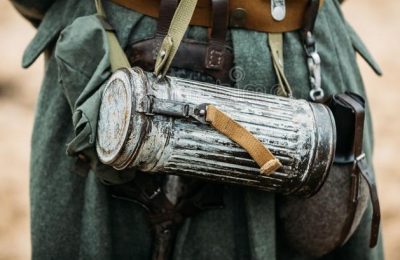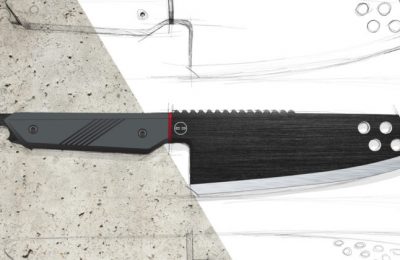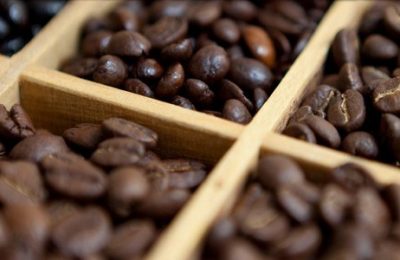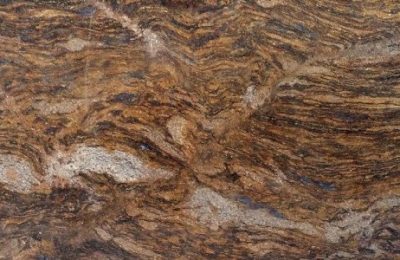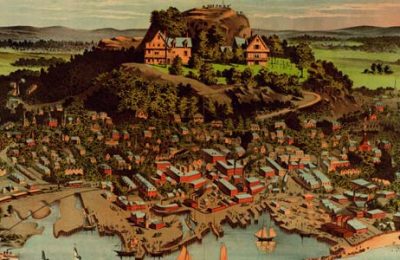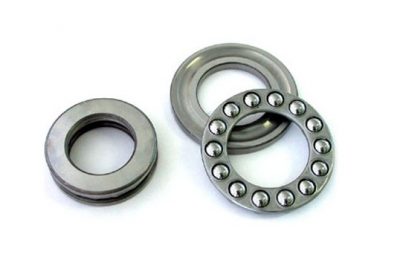Brown butter, also called beurre noisette, is made by cooking unsalted butter long enough to brown the milk solids while cooking the water in the butter. Often portrayed as nutty or spicy, it tastes deeper, more extravagant and extreme than dissolved or explained butter. Brown butter is usually accompanied by fish, but it serves as a tasty garnish for vegetables, for example, Brussels and broccoli. The treats receive a flavour aid from brown butter, whether it is heated in treats and cakes, or beaten in toppings and yes brown butter makes everything yummy.
Start Making The Butter
Cut the unsalted butter into small, uniformly measured pieces and place it in a pan or skillet. Cutting the butter into pieces makes it soft and cook justly. Continuously use a pan or dish with a light shade to see how dull the butter is while cooking.

Be Careful With Temperature
Turn on medium heat and let the butter melt. Tip: the temperature one use can change from high to medium; in any case, the butter goes from soft to brown in just a few minutes. The high heat will brown the butter quickly, however, if one are not careful, the milk solids can descend to the bottom of the pan and consume before one know it. Until one get great at this current, it’s safer to use moderate heat to slow things down a bit, so one can be careful with the cycle because brown butter makes everything yummy.
Mix Well
Mix or rotate the container continuously, until the butter turns a light tan while the milk solids roast in the hot fat. Now, one can remove the container from the fire, claiming that the butter will continue to cook even after it has been removed from the fire. Observe the emotional change in the shading – it should be brown and have a warm smell. Empty the brown butter in a different bowl to protect it from overcooking. If the butter is overcooked, the milk solids will scorch and become dark, and the butter will taste bitter.



